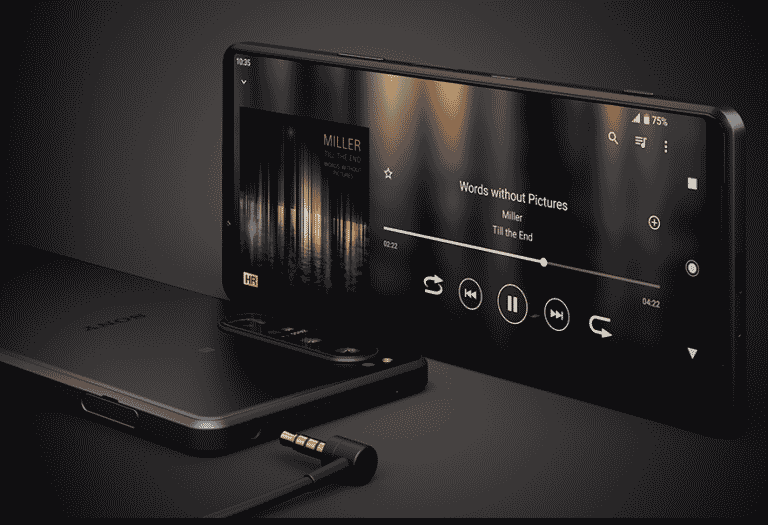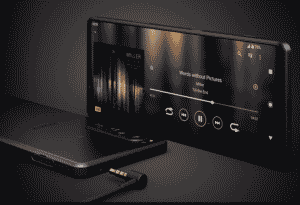Sony appears to be regaining its footing when it comes to smartphones. The Sony Xperia 1 III is a technological marvel, brimming with world-firsts, with Sony providing a flagship phone experience unlike anything else on the market. We called the Sony Xperia 1 III an incredibly well-built, feature-packed smartphone that’s undoubtedly Sony’s best handset to date.
Sony is making a big deal about this being the world’s first 4K 120Hz smartphone – though that claim isn’t quite as impressive as it sounds, given that Sony is currently the only brand producing 4K phones. The 120Hz update, on the other hand, enhances the screen’s performance even more, with super-smooth scrolling serving as the cherry on top of the ultra-high resolution pie. At this late stage, we’ve seen almost every major smartphone maker show their hand – but if you’re a true hardcore Android fan, Sony has quietly laid down a royal flush with no fanfare.
What we will see here?
Design of Sony Xperia 1 III
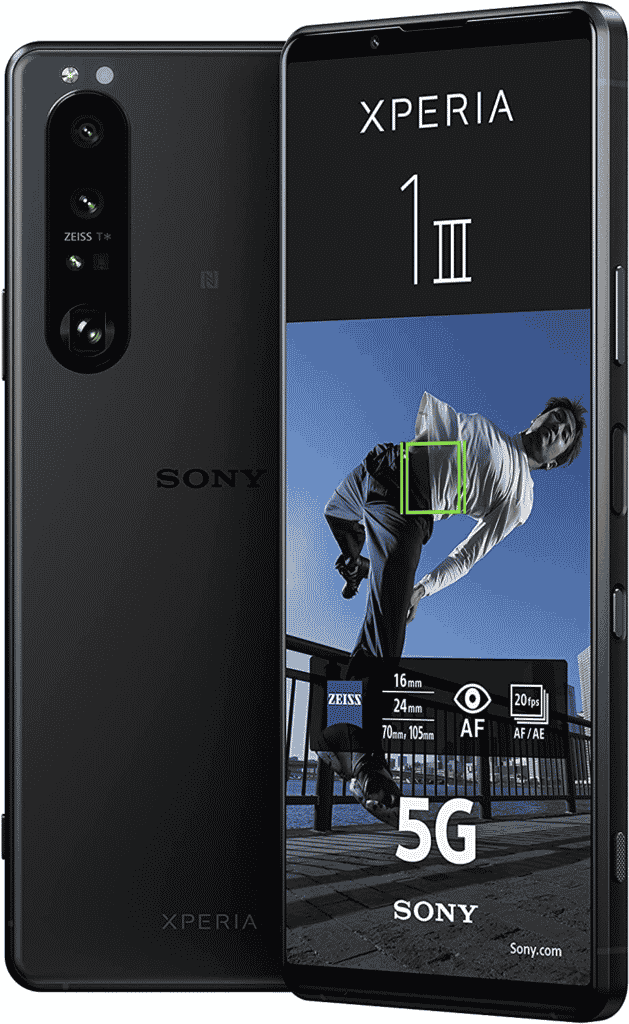
The Sony Xperia 1 III design isn’t significantly different from that of recent Sony flagship phones, so if you’ve seen previous Sony handsets, you can expect a similar affair here. Although the Xperia is attractive, the small details distinguish Sony’s design. The aluminum frame and metal feel do not interfere with the device’s wireless charging capabilities. The SIM tray does not require a finicky tool to open. The phone retains its IP65/IP68 rating.
There’s also a headphone jack and a micro SD card shared dual-SIM slot, both popular among media enthusiasts but aren’t found on every high-end smartphone. The Sony Xperia 1 III towers over many other smartphones at 6.5-inches, as the 21:9 aspect ratio means that device width is sacrificed in favor of height. This isn’t a new Sony trend, but it stands in stark contrast to the rest of the market’s girth smartphones.
As a result, the phone has a tall, svelte physique that stands out from the crowd — in a good way. The Xperia 1 III is still quite thick despite its small sideways profile.
Display of Sony Xperia 1 III
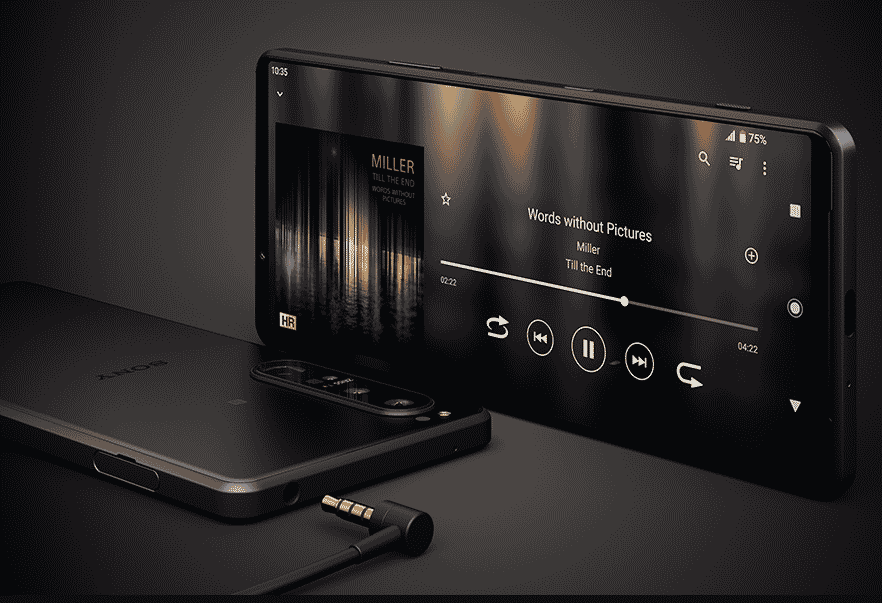
This elongated screen is punchy and vibrant, and with a refresh rate of 120Hz, every interaction is both slick and precise. It’s also one of the few smartphones with a 4K UHD display. Despite having the most pixels on a smartphone, it’s difficult to distinguish on a 6.5-inch screen. It’s just not exponentially better than a QHD+ screen at this size. The 120Hz refresh rate and 21:9 aspect ratio are more advantageous, but having such a well-tuned 4K display is the cherry on top.
However, there is a “but” here because the resolution is dynamic. That is to say; while this is a 4K panel, the resolution may dip at times. Meanwhile, the 120Hz refresh rate is a game-changer – previous 4K Sony smartphones didn’t go above 60Hz. The image on your screen refreshes at 120Hz, which means the on-screen image will look smoother when you’re playing games, watching movies, or even scrolling through your Instagram feed.
On the Xperia 1 III, there are two image quality modes: standard and creator, designed to offer faithful color reproduction and a variety of other image-processing enhancements to make the content look as close to how its creators intended. When navigating the phone’s user interface, colors weren’t as vibrant, but they appeared more true to life in video. One can find themselves using this mode more frequently, and it didn’t negatively impact the handset’s battery life.
Camera
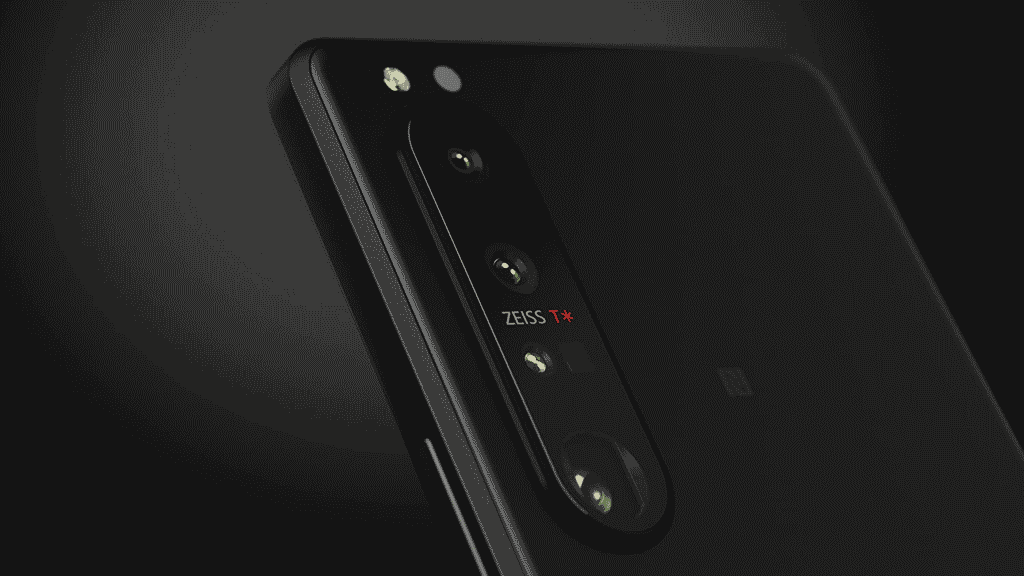
The main camera is a 12MP f/1.7 aperture 24mm wide-angle shooter with a 12MP f/1.7 aperture. There’s also a 12MP f/2.2 16mm ultra-wide lens for getting more people or a larger scene into the frame. The Xperia 1 III’s camera setup is unique. It includes an adaptive telephoto camera with a 12MP sensor and two lenses – an f/2.3 70mm telephoto lens and an f/.2.8 105mm lens for even greater reach. Why would you want a camera that adapts to its surroundings?
We discovered that using the camera is a smooth experience with excellent image quality and more flexibility than other phones. The 70mSony claims this is faster than switching between two separate telephoto cameras. m lens can zoom in to 2.9x, while the 105mm lens can zoom in to 4.4x; the digital zoom is available up to 12.5x. The zoom does not provide the same quality as Samsung’s telephoto zoom on the Galaxy S21 Ultra products. Still, it does offer a good experience in addition to the main camera.
Software of Sony Xperia 1 III
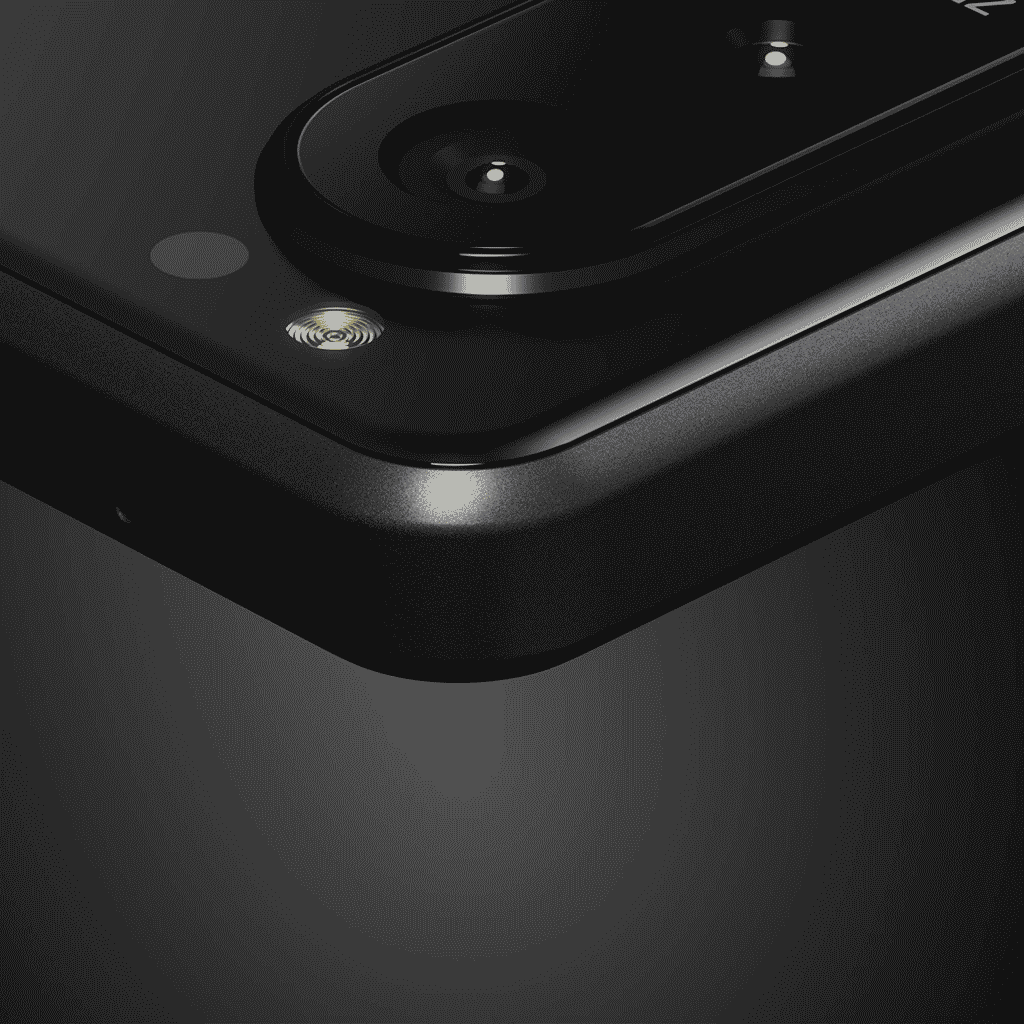
Aside from the camera app, Sony has been relatively conservative in its customization of Android software in recent years. This is a very similar experience to the Pixel series, but with a few Sony apps and some minor third-party options pre-installed. The Xperia 1 III never felt sluggish or slow despite everything I tried. This flagship phone is everything you could want and more, thanks to the Qualcomm Snapdragon 888 processor and 12GB of RAM. After long video or gaming sessions, the back of the phone did get a little warm to the touch, but not unbearably so. It was impressive how cool it was to touch the phone 95% of the time.
Thanks to a software update, the Sony Xperia 1 III can now be used as an external monitor for dedicated Sony mirrorless cameras such as the A7S III. Unfortunately, because I use Panasonic camera hardware, I haven’t been able to put this to the test. This does necessitate the use of an additional cable. Still, it appears to be a great way to turn your smartphone into another daily tool without sacrificing core functions.
Battery
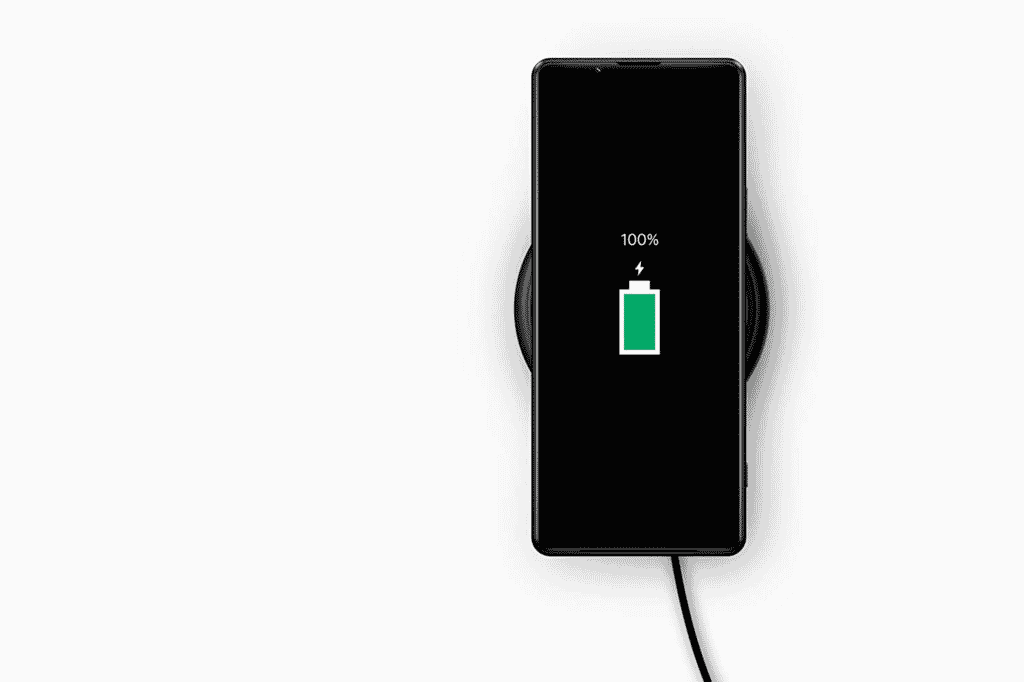
Sony has included a larger battery in this phone than the Xperia 1 II. It makes a noticeable difference, with the phone lasting at least an hour longer than our previous-generation phone testing. It has a 4,500mAh battery instead of the 4,000mAh battery in the Xperia 1 II. This may not appear to be a significant difference on the surface but combined with the power-usage optimizations enabled by the Snapdragon 888, which is substantial. Xperia 1 III had plenty of charges left at the end of a full working day and had around 10% left in the tank at around 11 pm.
Sony has also improved its fast-charging capabilities, so the phone comes with a 30W charger. While many other manufacturers have removed the charger from the box, Sony has decided to keep it. In practice, what does 30W charging mean? In theory, if your phone is at zero, it will charge it to 50% in 30 minutes.
Screen
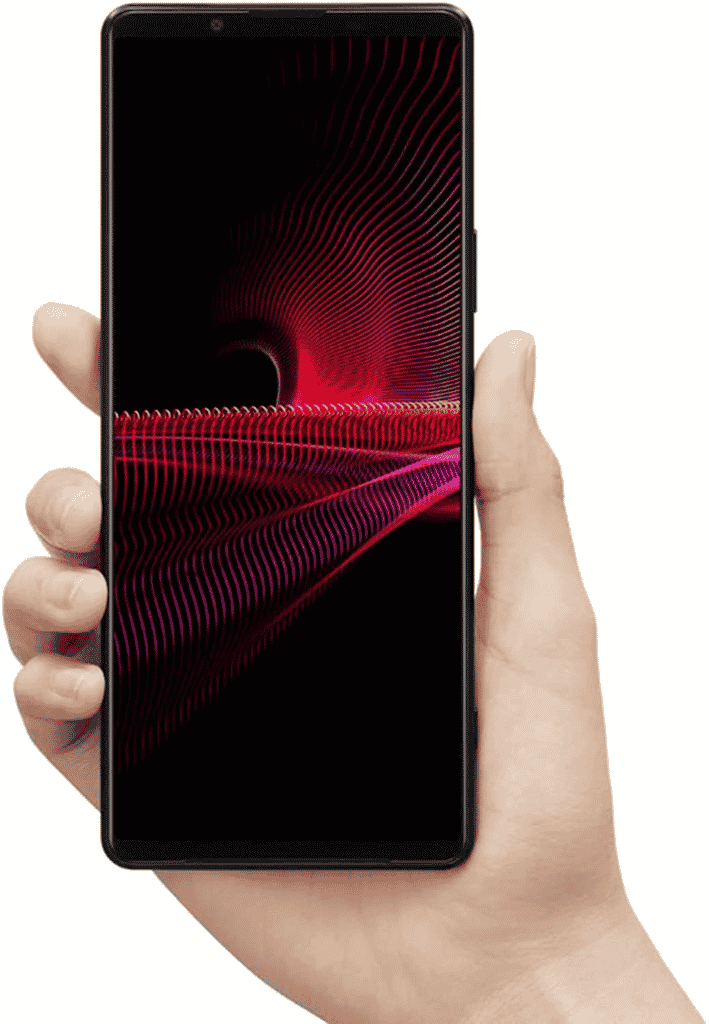
On paper, the world’s first 4K 120Hz phone screen sounds good, and it looks even better in person. When it comes to the 4K screen, it’s all about entertainment. The refresh rate makes scrolling through anything that much smoother, but it shines when playing games or watching video content. The phone’s shape takes some getting used to in everyday use, but it makes perfect sense when using the screen in landscape mode. Sony has stepped up its efforts to deliver a natural, realistic “as the director intended” image. The 21:9 screen displays content in the format in which it was shot rather than forcing it to fit, though there is some flexibility.
When watching a 4K video on YouTube, the Xperia 1 III refuses to amplify the colors to catch your attention instead of steadfastly providing faithful images. Sky blue, Rose red – and the previous generation, which we adored, appear to have over-cooked some of the bright colors in comparison. We believe the video performance on offer here will be difficult to beat with bags of detail, smooth motion, and careful handling of black levels and skin tones.
Release date and price of the Sony Xperia 1 III
The Sony Xperia 1 III was announced on April 14, 2021, with an official release date of August 19, 2021, more than four months later. It took a long time between when it was announced and when it went on sale, but the handset is now widely available in the United States and the United Kingdom.
The phone costs $1,299.99 in the United States and £1,199 (approximately AU$2,200) in the United Kingdom, slightly more than the Xperia 1 II’s launch price. There’s no word on whether it’ll make its way to Australia. Sony hasn’t traditionally sold phones in Australia, so we don’t expect them to be widely available.
Advantages
- Capable cameras that are supplemented by feature-rich apps.
- Stunning 4K 120Hz display.
- Elegant matte finish.
- Long battery life.
- Stunning display.
- Headphone jack (3.5mm).
- A good, high-resolution OLED 120Hz panel.
- There are numerous manual photo and video controls.
- Elegant, minimalist design.
Disadvantages
- Unique design.
- Some people find it challenging to manage.
- There is no in-screen fingerprint sensor.
- Expensive.
- Far too costly.
- Some people may find the unusual form factor more challenging to use.
- Battery life is average.
- Poor selfie camera
Conclusion:-
It should come as no surprise that Sony can produce high-quality smartphones. The company is well-versed in audio devices, has a strong track record in displays, and has a stellar reputation in the camera industry. And the Xperia 1 III manages to be more than the sum of its inherently good parts. The design distinguishes itself from many of the slabs available – it has a solid camera with enhanced Pro controls that are nearly unrivaled and an excellent screen and decent battery life. That is enough to tick many buyers’ boxes and for a good reason.
Read More:
- iPhone 13 Pro Review- Super features in this superphone!
- iPhone 13 Pro Max – Every detail you should know about this Giant Tech!
- Sony A90J OLED TV: Bring the cinematic experience to your home!!!
- Sony PlayStation 5- The latest Gaming Console from Sony
- The best wireless headphones for that perfect sound!


